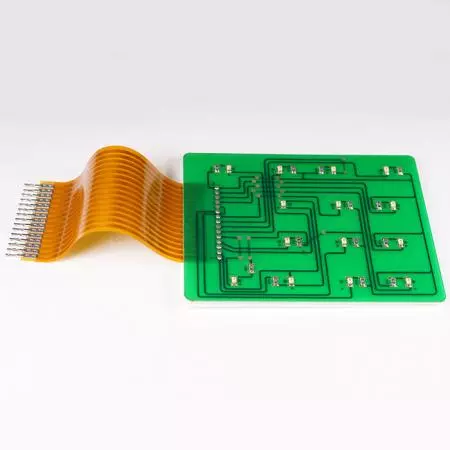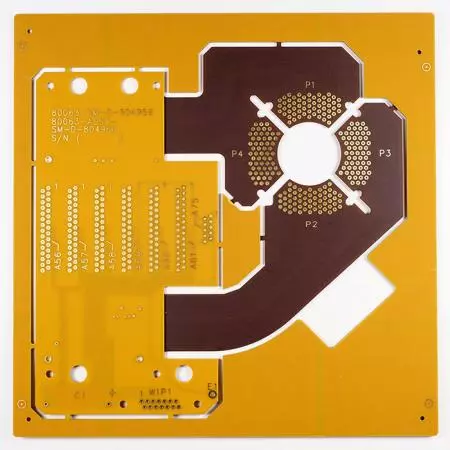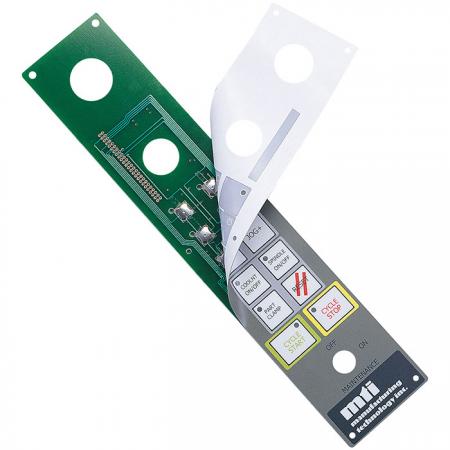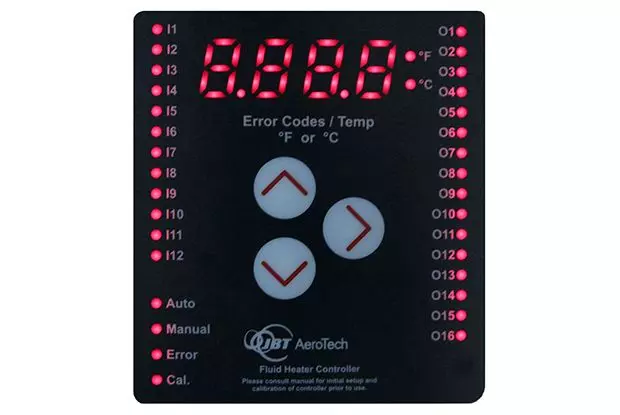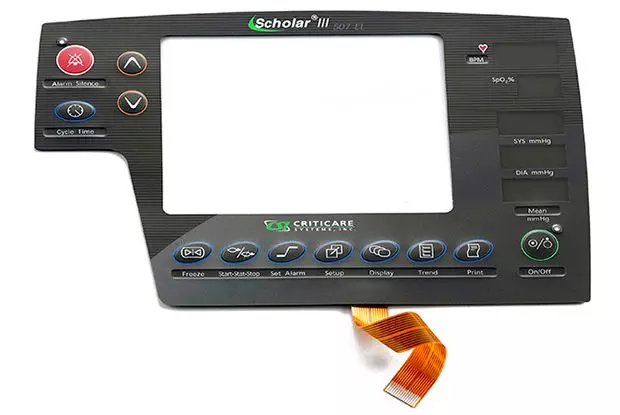Equipment PCB
Printed Circuit Board 0501
Rigid Flex, PCB , Printed circuit board, PCB board,
PCBs can be single-sided (one copper layer), double-sided (two copper layers on both sides of one substrate layer), or multi-layer (outer and inner layers of copper, alternating with layers of substrate). Multi-layer PCBs allow for much higher component density, because circuit traces on the inner layers would otherwise take up surface space between components. The rise in popularity of multilayer PCBs with more than two, and especially with more than four, copper planes was concurrent with the adoption of surface mount technology.
Applications
- Refigerator
- Agricultural practices systems
- Copiers
- Related Products
Industry use Printed Circuit Board
Printed Circuit Board 0503
The first PCBs used through-hole technology, mounting electronic components by leads inserted...
DetailsPCB assembled membrane switch
Printed Circuit Board 0505
Membrane switch circuit layer with metal dome,Metal dome assembled underneath to make good...
Details
Equipment PCB | Durable Keypads for Any Environment - Manufacturer Direct | YiYi Enterprise Co., Ltd
Located in Taiwan since 1974, Yi Yi Enterprise Co., Ltd. has been a membrane switch manufacturer. Their main products include, Equipment PCB, waterproof membrane switches, membrane switch keyboards, tactile membrane keypads, graphic design overlay, mechanical membrane keyboards, custom aluminum nameplates, cutout EL panels, industrial silicone rubber keypads and rigid-flex PCB design and fabrication, and all the materials and components are RoHS compliant.
Yi Yi is expert in manufacture of membrane keyboard switches, flexible printed circuits, rigid-flex board, el panels, silicone rubber keypad and name plates. We have acquired the skills and technology necessary to produce top-quality products that are suitable for use in computers, instruments and other electronic and electrical goods.
YI YI has been providing customers with membrane switches, both with advanced technology and 49 years of experience, YI YI ensures that each customer's requirements are met.

